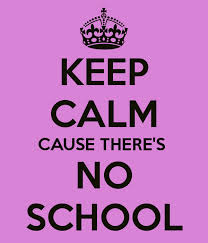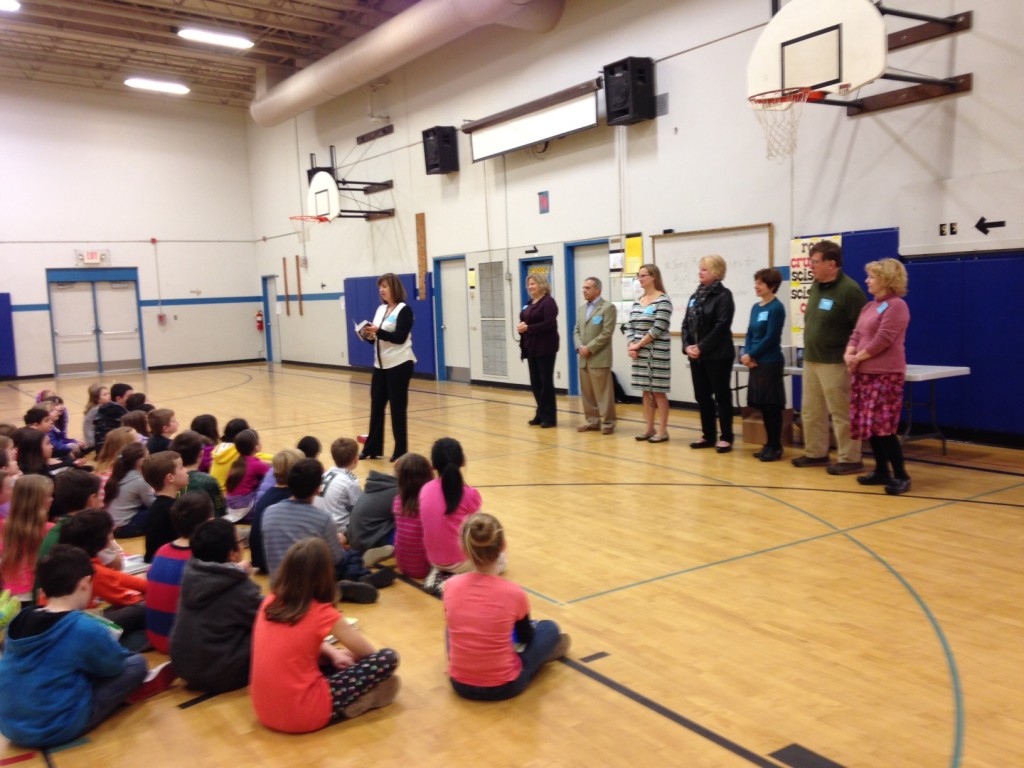
Report cards will be sent home on March 20th for the Winter Term!
Lisa Huffman, assistant professor of educational psychology at Ball State University, offers these tips for handling report cards. We do not use letter grades in elementary school, but I still think the general point is a good one – consider effort, and talk with your students about realistic goals for improvement and growth. In our case, for example, that would mean going from satisfactory to outstanding or from a 3 to a 2. If you ever have a question or concern about your child’s report card, please contact their teacher to set up an appointment.
1. Keep lines of communication open. Ask your child how he feels about the school term before discussing the report card. For example, is she worried about what her marks may be? Be sure to let children know that discussing concerns is good. This way they will be more likely to let you know if there are any problems.
2. Take report cards seriously. While report cards don’t tell the whole story, they do reflect how a student is progressing. Pay special attention to any grades that come as a surprise (good or bad). Encourage children to talk about school performance, again good or bad.
3. Praise a good report card. Be sure to let your child know that you are proud of his good work and accomplishments. This is a good time to post your child’s work in a prominent place, such as a refrigerator. While celebrating successes also praise improvements in performance and commitments to working hard.
4. Talk about a bad report card. Failure can be scary, but if your child does not do as well as expected talk openly about it. Reassure your child that poor grades do not mean he is a failure. Poor report cards can be a catalyst for change and do not need to be a reason for punishment. You can work to develop a plan of action with goals for improvement.
5. Set realistic goals. It is probably not realistic to go from a “C” to an “A” on the next report card. However, a “B” seems realistic. Maybe completing all homework on time or achieving an “A” on two or more assignments in a particular topic is your goal. Encourage your child to do her best.
6. Don’t assume an “A” reflects your child’s best efforts. Talk to her about the ease with which she completes course work — maybe it is not challenging enough.
7. Look at your child’s work regularly. Report cards only come out a few times a year. Review your student’s work regularly and pay special attention to grades and comments that go along with them. This will help you and your student identify trouble spots before it is too late.
8. Encourage good work habits and effort. Poor grades on report cards may not reflect inability, but rather insufficient effort. When your child is studying or doing homework this is a good time for you also to do something quietly, which will lesson distractions.
9. Be involved in your child’s school. Children who do well in school have parents who are actively involved in their children’s education and their school. Volunteer at school or help your child with her homework.
10. Incentives can be rewarding when children do well or meet goals. However, they should not be bribes. Rather than telling children you will give them money for good grades before they have even earned them, surprise them after the grades are earned with a small gift or some special time. Be sure to praise effort and improvement along with good grades. Children should want good grades out of interest, pride and an understanding that success in school is necessary for success in life. Children should not earn good grades only because they will get a reward.










